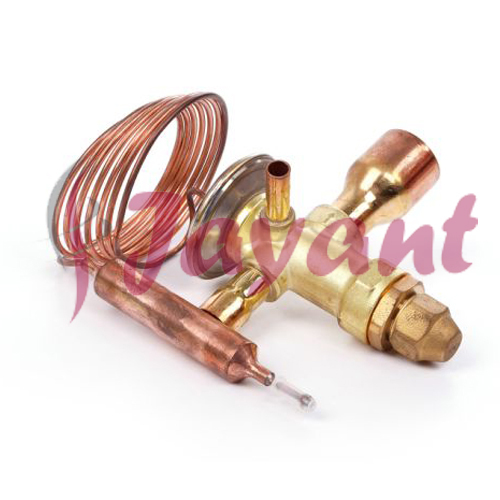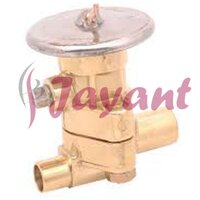


thermostatic expansion Valve
Product Details:
- Product Type Valve
- Usage Control of Fluid
- Weight 30 Grams (g)
- Color Silver
- Size 1-1/2"
- Media Water Gas Oil Acid Base
- Temperature 10 Celsius (oC)
- Click to view more
thermostatic expansion Valve Price And Quantity
- 2500.00 - 25000.00 INR/Number
- 2500 INR/Number
- 1 Number
thermostatic expansion Valve Product Specifications
- Silver
- 1-1/2"
- 30 Grams (g)
- Control of Fluid
- Valve
- Water Gas Oil Acid Base
- 10 Celsius (oC)
thermostatic expansion Valve Trade Information
- Nhava Sheva
- 10 Number Per Day
- 1 Days
- Within a certain price range free samples are available
- As per client request
- Australia Central America North America South America Eastern Europe Western Europe Middle East Africa Asia
- All India
- ISO, Test report, Hydro report, Dimension Report
Product Description
A thermal expansion valve is a key element to a heat pump; this is the cycle that makes air conditioning, or air cooling, possible. A basic refrigeration cycle consists of four major elements: a compressor, a condenser, a metering device and an evaporator. As a refrigerant passes through a circuit containing these four elements, air conditioning occurs. The cycle starts when refrigerant enters the compressor in a low-pressure, moderate-temperature, gaseous form. The refrigerant is compressed by the compressor to a high-pressure and high-temperature gaseous state. The high-pressure and high-temperature gas then enters the condenser. The condenser cools the high-pressure and high-temperature gas allowing it to condense to a high-pressure liquid by transferring heat to a lower temperature medium, usually ambient air
In order to produce a cooling effect from the higher pressure liquid, the flow of refrigerant entering the evaporator is restricted by the expansion valve, reducing the pressure and allowing isenthalpic expansion back into the vapor phase to take place at a lower temperature. A TXV type expansion device has a sensing bulb that's filled with a liquid whose thermodynamic properties are similar to those of the refrigerant. This bulb is thermally connected to the output of the evaporator so that the temperature of the refrigerant that leaves the evaporator can be sensed. The gas pressure in the sensing bulb provides the force to open the TXV, therefore dynamically adjusting the flow of refrigerant inside the evaporator and, as a result, the superheat that's acquired by the refrigerant that exits the evaporator
 English
English Spanish
Spanish French
French German
German Italian
Italian Chinese (Simplified)
Chinese (Simplified) Japanese
Japanese Korean
Korean Arabic
Arabic Portuguese
Portuguese











